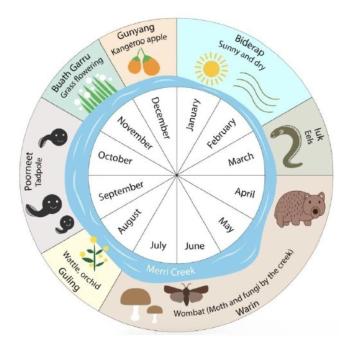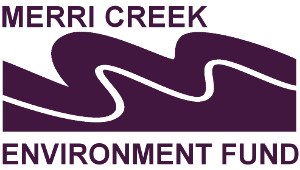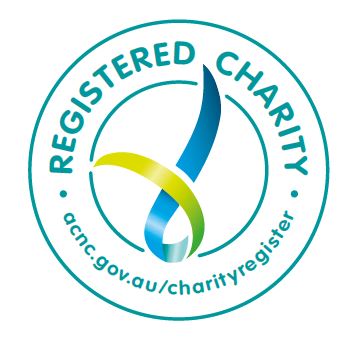If you moved through the Merri landscape in March, you may have noticed as the browns and yellows of biderap (dry, hot season for Wurundjeri Woi-wurrung people) gave way to the flowering of Manna Gum as iuk, the season where the length of days and nights shift until they are of equal length.
But below the surface of the Merri waters another story was unfolding, as it has for millenia: while waterbirds waded and insects darted above the water, in the depths of the Merri, Short-finned eels were maturing after an incredible journey that began as larvae in the salt waters of the Coral Sea, off the coast of Far North Queensland. These eels spend ten years or more in the fresh water of the Merri before metamorphosing into Silver eels. These eels inform the Wurundjeri name for this season: iuk means “eel”.

MCMC’s non-Indigenous educator, Dr Angela Foley, brings the seasons of the Merri to life for people she works with, through our programs with schools and kindergartens. Angela describes the lifecycle of Short-finned eels and ongoing significance of iuk to Wurundjeri Woi-wurrung people.
“Generations ago, large groups of Woi-wurrung and other peoples of the eastern Kulin nation gathered at the Merri to celebrate the maturation of these eels and to harvest this precious food source. Today, the Woi-wurrung community talk about how their ancestors managed the harvest of these nutritious animals thoughtfully, to ensure a sustainable population.”
The Coral Sea is not just the place where the eels’ journey began, however – it’s also where their journey ends. According to Wayne Koster, ecologist at Arthur Rylah Institute (ARI, the research arm of the Department of Energy, Environment and Climate Action), the migration represents their full life cycle.
“Those spawning migrations take the eels back to where they were born, thousands of kilometres away, in the warm, tropical waters of the Coral Sea,” says Wayne.
Ecologists call this freshwater–saltwater journey diadromous, referring to a migration between fresh water and marine environments. The Short-finned eel’s journey was not fully understood until ARI researchers deployed small trackers attached to the eels’ skin, to track their journey.
“Eel larvae have been collected in small numbers in the Coral Sea region dating back many, many years ago,” says Wayne. “But it was only in 2019 that the migrations of adult eels leaving freshwater were tracked for the first time to areas around the Coral Sea.”
According to Wayne, eels are a top-order predator which means they can shape or change ecosystems. But they can also be impacted by pollution.
“Pollution can directly impact eels, even causing mortality,” says Wayne. “Eels also accumulate high amounts of body fat during their lives and thus are prone to accumulating and biomagnifying pollutants.”
Wayne describes the work of the nine Waterwatch groups supported by MCMC as “important for raising awareness of the aquatic life present in our rivers and the potential impacts of threats such as pollution of urban waterways”.
Now, in April, the Short-finned eels are on their journey back to the Coral Sea, where they will spawn and die. And back in the Merri, the season has taken a gentle shift to warin, the season when Wurundjeri Woi-wurrung people have noticed wombats foraging, rain moths appearing after rains and fungi beginning to appear.
Like other Aboriginal and Torres Strait Islander Peoples, Wurundjeri Woi-wurrung people have seasonal markers based on changes in the landscape and skyscape rather than the Western calendar. Museum Victoria describes this local seasonal calendar as “marked by the movement of the stars in the night sky and changes in the weather, coinciding with the life cycles of plants and animals”. There are many interpretations of seasons available for Wurundjeri Woi-Wurrung Country.
This Wurundjeri Woi-wurrung calendar was developed with material from Museum Victoria during 2019 within a collaborative project called Merri Merri Creekulum at Merri-bek Primary School (previously Moreland Primary School). The calendar was produced with members of the Wurundjeri Woi-wurrung Cultural Heritage Aboriginal Corporation and specialists in a year-long whole-of-school project in collaboration with Merri Creek Management Committee.





 Merri Creek Management Committee. 2 Lee St, East Brunswick, Victoria, Australia 3057
Merri Creek Management Committee. 2 Lee St, East Brunswick, Victoria, Australia 3057